Cousteau’s contributions to diving technology, particularly the dive belt, played a pivotal role in advancing underwater exploration, opening the oceans to scientific research and public fascination alike.
Early Years of Diving Technology
Before Jacques Cousteau’s era, underwater exploration was limited by the cumbersome and restrictive equipment available to divers. Traditional diving relied on bulky surface-supplied air systems, where divers were tethered to the surface via long hoses, and their suits were often heavy and difficult to move in. This severely limited the depth and range of exploration.
Cousteau’s vision was to develop a more mobile and autonomous system that allowed divers greater freedom of movement and more time underwater. In 1943, this vision was realised when Cousteau, in collaboration with French engineer Émile Gagnan, co-invented the "Aqua-Lung" – the first open-circuit SCUBA (Self-Contained Underwater Breathing Apparatus) system. The Aqua-Lung would become the foundation for modern SCUBA diving, and its development was closely tied to the creation and use of the dive belt.
The Dive Belt: An Essential Component
The dive belt, sometimes referred to as a weight belt, is a simple yet vital piece of diving equipment that helps a diver achieve neutral buoyancy underwater. Without a dive belt, divers would naturally float to the surface, especially when wearing buoyant wetsuits or carrying air tanks. The belt, often loaded with lead weights, counteracts this buoyancy, allowing divers to control their position in the water column and stay submerged at desired depths with greater ease.Jacques Cousteau’s Role in the Dive Belt's Development
While Cousteau did not invent the concept of a weight belt for diving, his innovations with the Aqua-Lung system helped refine and standardise the use of dive belts in modern SCUBA diving. The introduction of the Aqua-Lung made diving more accessible to a wider audience, and the need for a proper weight system became more apparent as recreational diving grew.Cousteau's emphasis on making underwater exploration more practical and safe led to the popularisation of the dive belt as an integral part of the gear. It allowed divers to explore the depths with much greater freedom, as they could now maintain control over their buoyancy and movement underwater, rather than being restricted by surface equipment or inconsistent buoyancy.
In addition, Cousteau and his teams often conducted dives in the Mediterranean and Red Seas, where the difference in water salinity and temperature affected buoyancy. The dive belt was critical in these varying conditions, enabling Cousteau and other divers to remain steady at various depths, whether they were collecting specimens, filming underwater documentaries, or conducting scientific studies.
The Dive Belt in Action: Cousteau’s Underwater Expeditions
Jacques Cousteau’s dive belt was central to many of his legendary expeditions. After the Aqua-Lung’s invention, Cousteau embarked on numerous groundbreaking underwater explorations, including his 1950s research voyages aboard the famous research vessel *Calypso*. With the dive belt and other advancements in SCUBA gear, Cousteau and his divers were able to explore shipwrecks, coral reefs, and deep-sea habitats for extended periods, often capturing these previously unseen worlds on film.The documentary films created by Cousteau, such as *The Silent World* (1956), were among the first to reveal the vibrant life beneath the waves to a global audience. The success of these films not only helped raise awareness about marine conservation but also underscored the critical role that proper diving equipment—such as the dive belt—played in enabling these explorations.
Cousteau’s team regularly used dive belts during these dives to maintain stable positions while observing marine life or conducting scientific measurements. This was especially important in open-water dives or when studying fast-moving subjects like dolphins and sharks. Without the dive belt and associated buoyancy control, these kinds of precise, lengthy, and controlled observations would have been impossible.
Impact on Modern Diving
Today, the dive belt remains a fundamental piece of diving equipment, though it has seen improvements in materials and design since Cousteau’s time. Weight systems have evolved to become more comfortable and efficient, incorporating integrated weight pouches and backplate systems, but the basic principle of the dive belt, as popularised during Cousteau’s era, remains unchanged.Cousteau’s contributions to diving, including his pioneering use of the dive belt, opened the doors for the development of modern diving techniques and technology. Recreational divers, scientific researchers, and underwater filmmakers today all benefit from the advancements Cousteau helped pioneer.
In Short
Jacques Cousteau’s dive belt, though a relatively simple piece of equipment, was crucial to his underwater expeditions and the broader evolution of SCUBA diving. Cousteau's emphasis on buoyancy control through the use of dive belts and other gear innovations allowed divers unprecedented mobility and freedom, enabling deeper and more prolonged underwater explorations. Cousteau’s lasting legacy in underwater exploration and oceanography owes much to his dedication to refining the equipment that made it all possible.By helping to popularise and refine the use of the dive belt, Jacques Cousteau not only advanced diving technology but also brought the wonders of the ocean into the public consciousness, inspiring generations of marine explorers and conservationists.


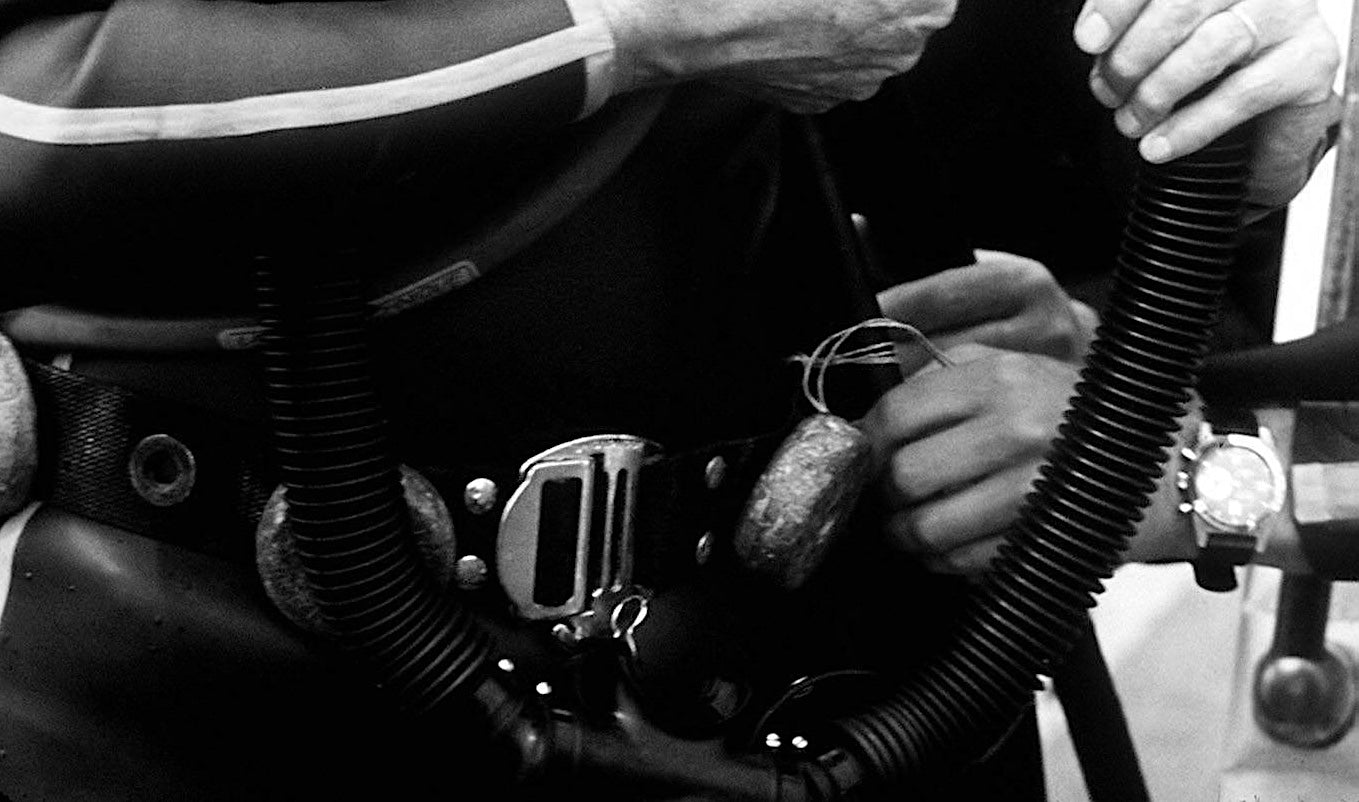
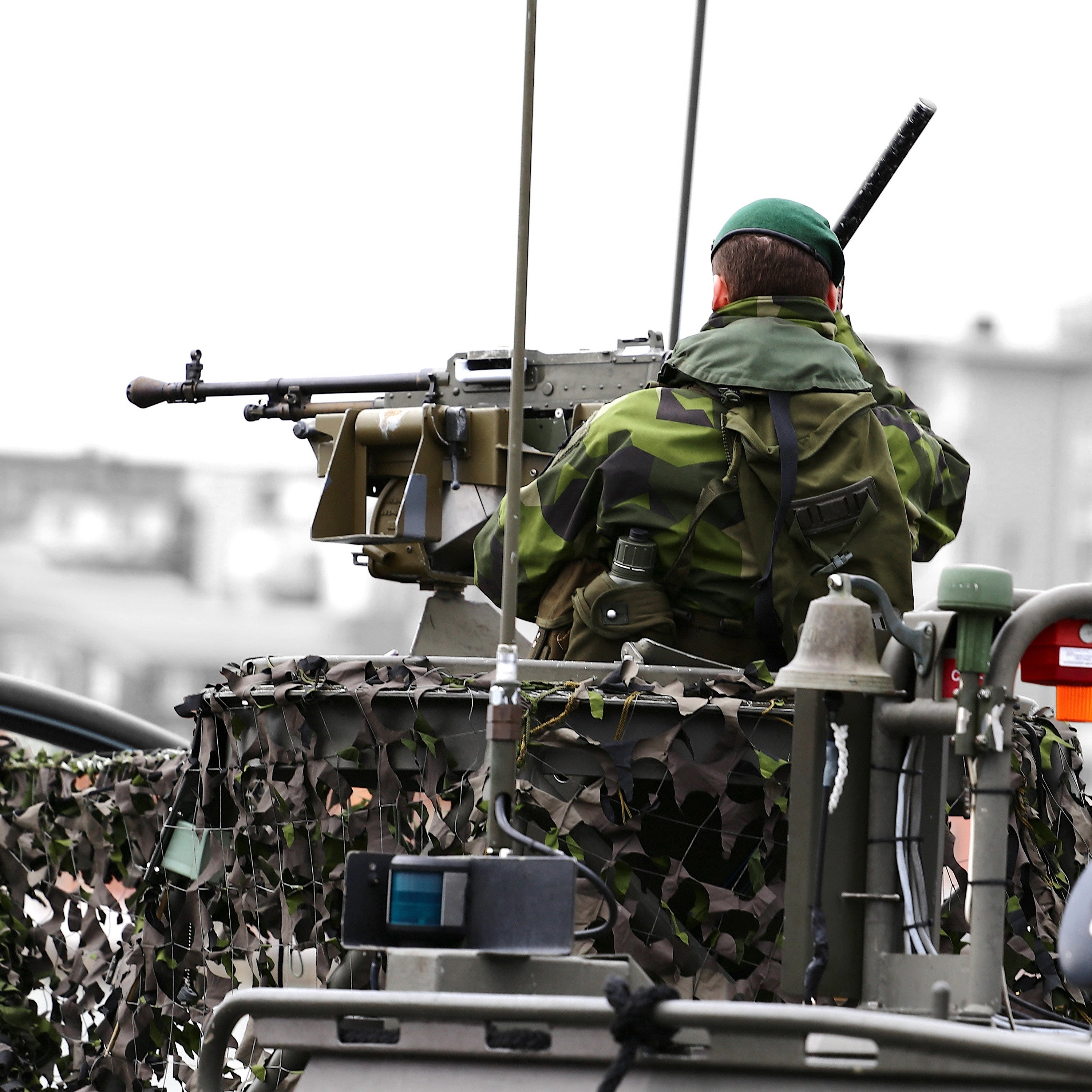
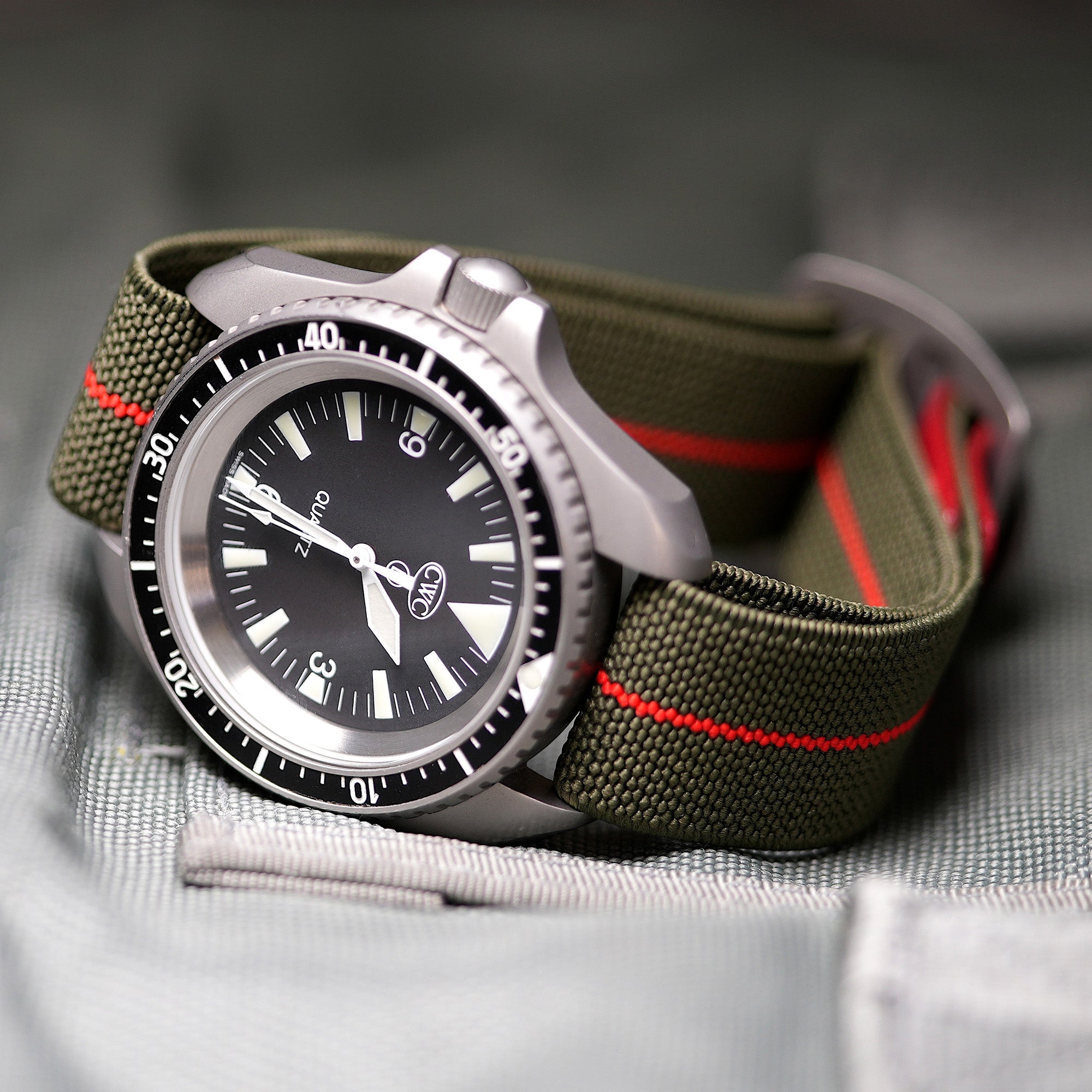
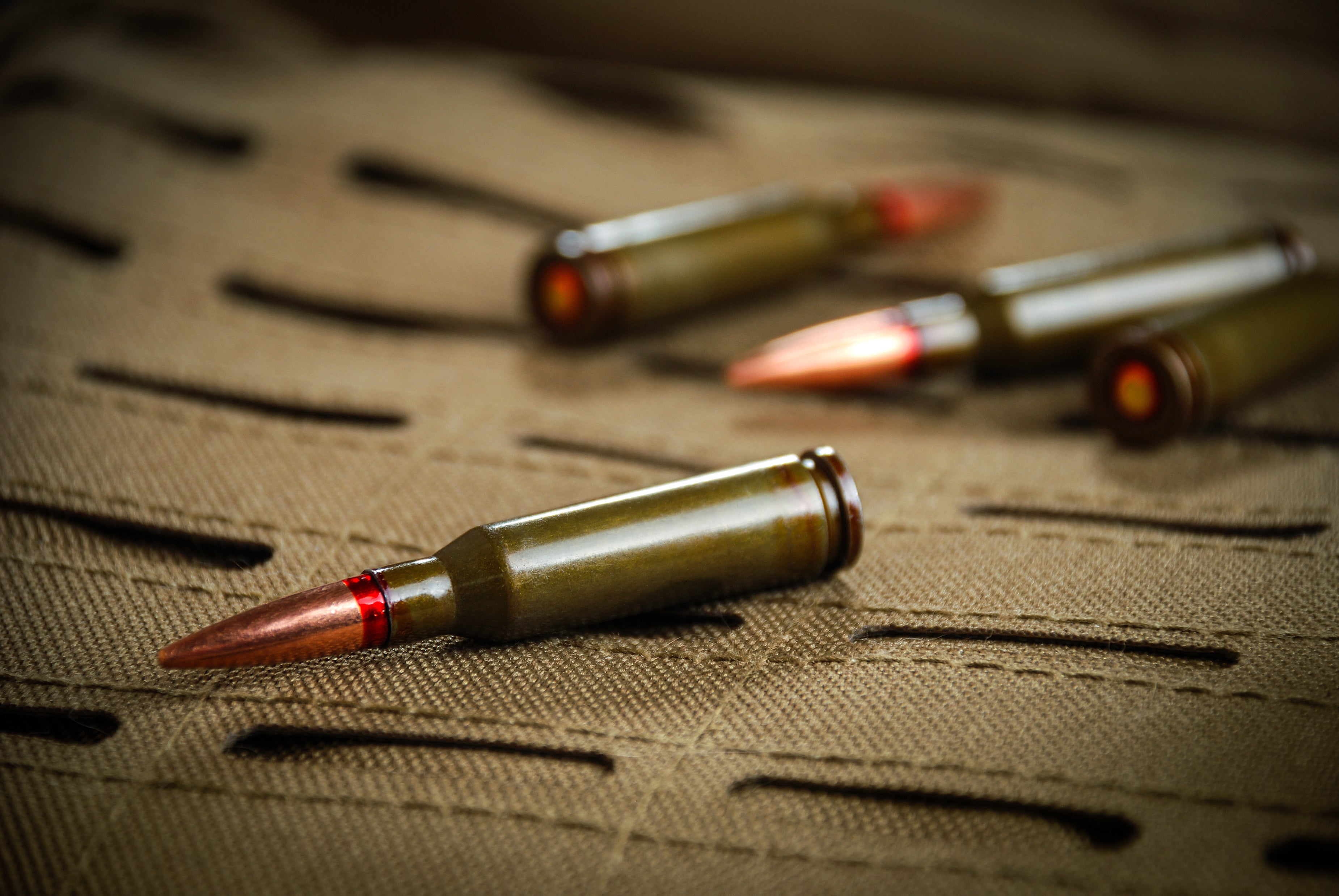
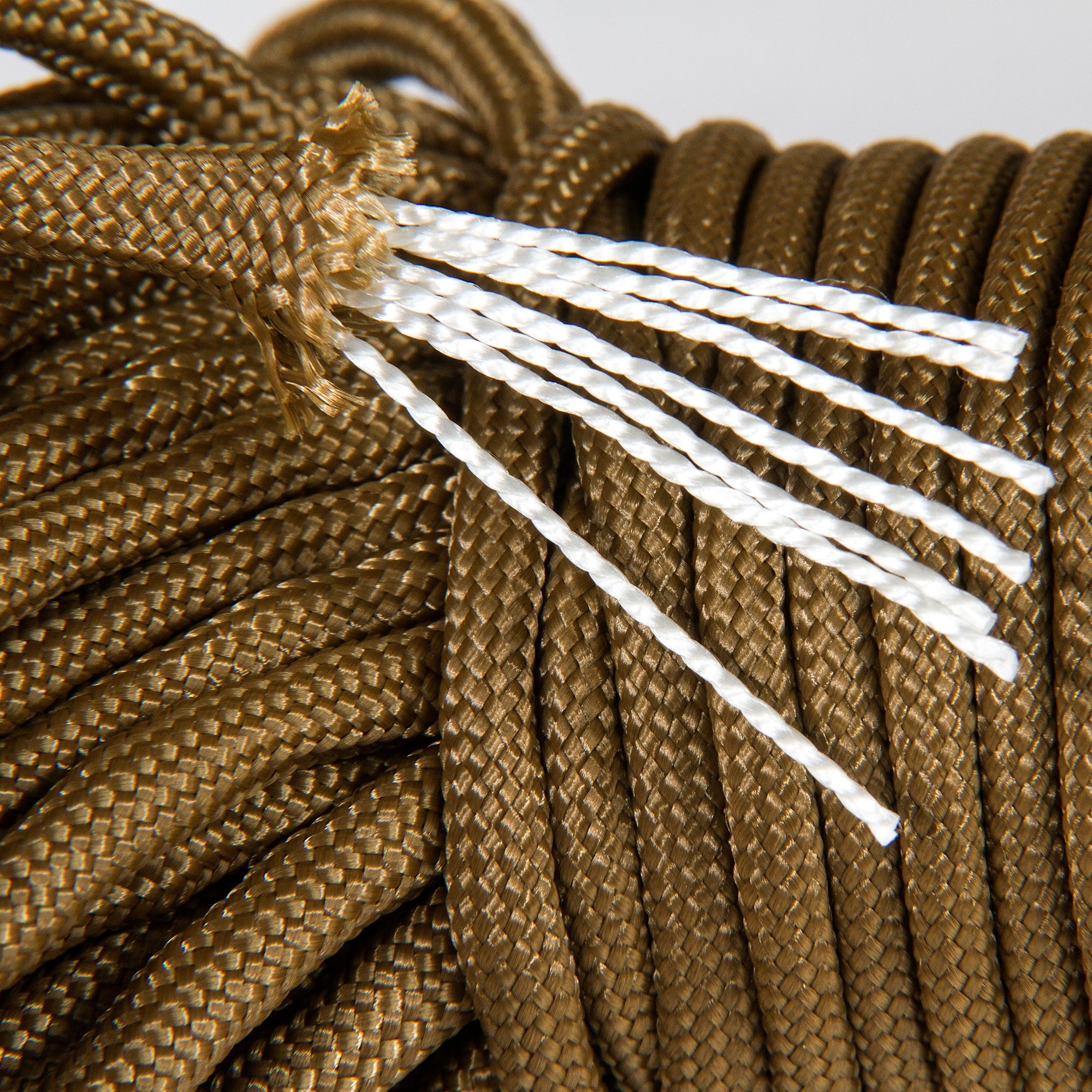
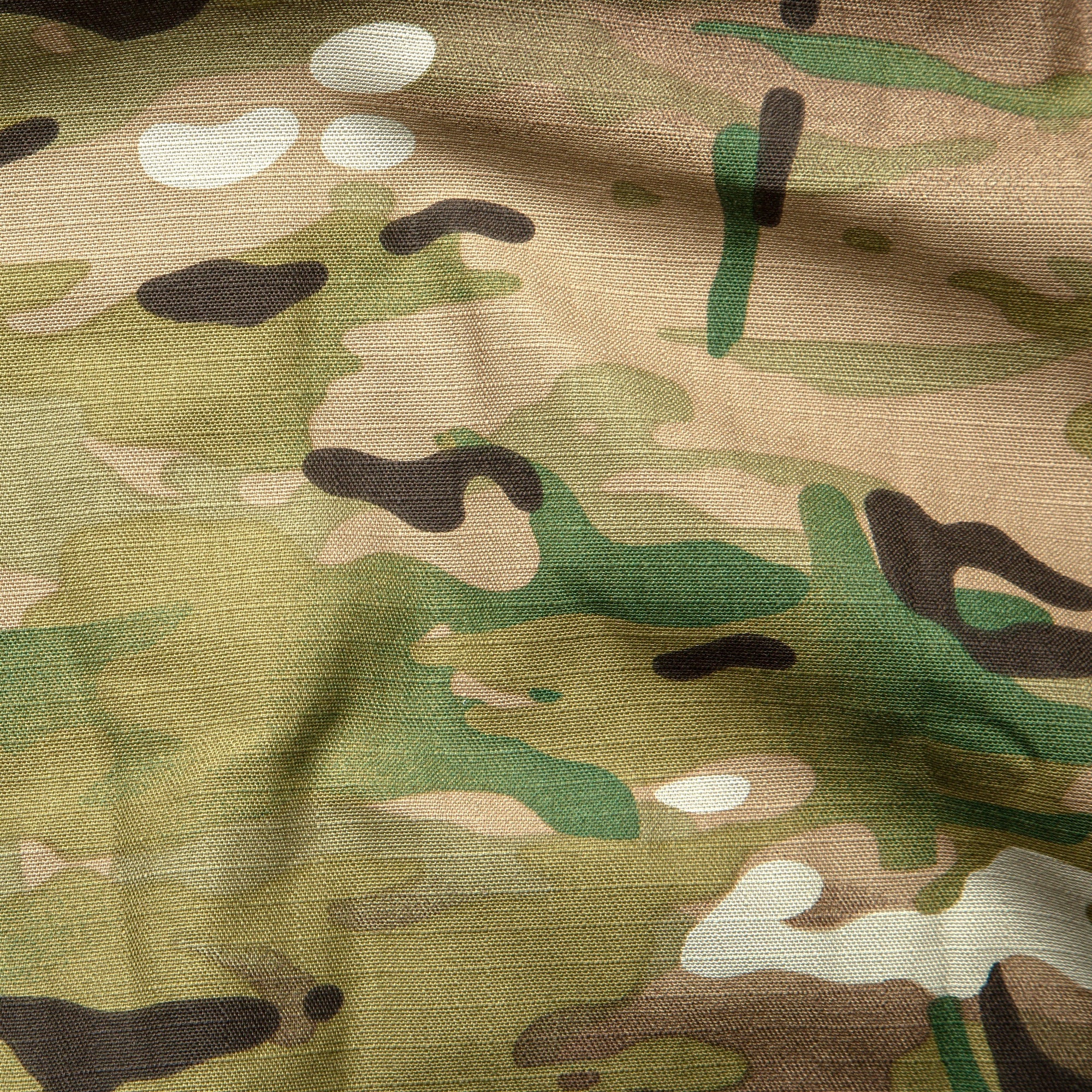
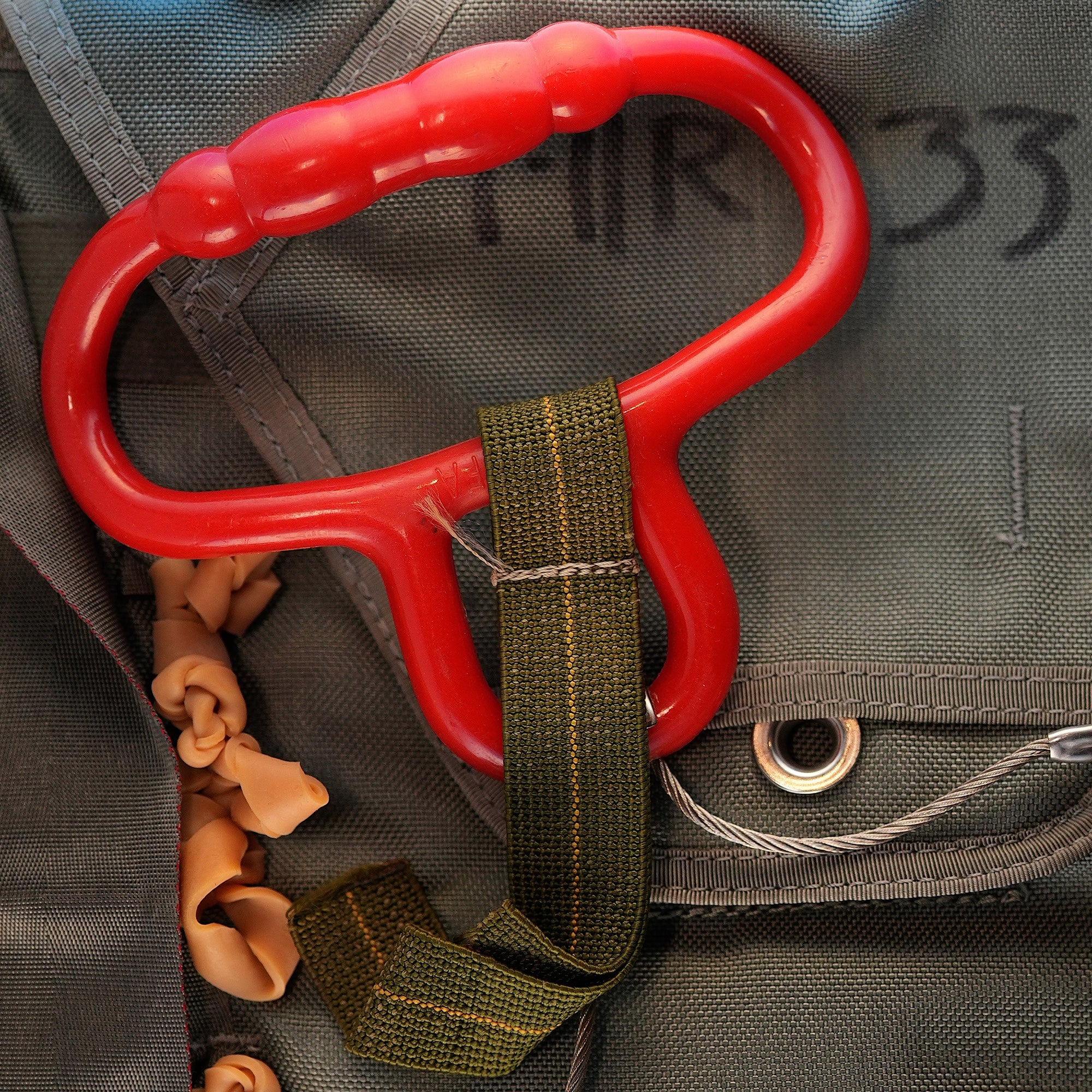
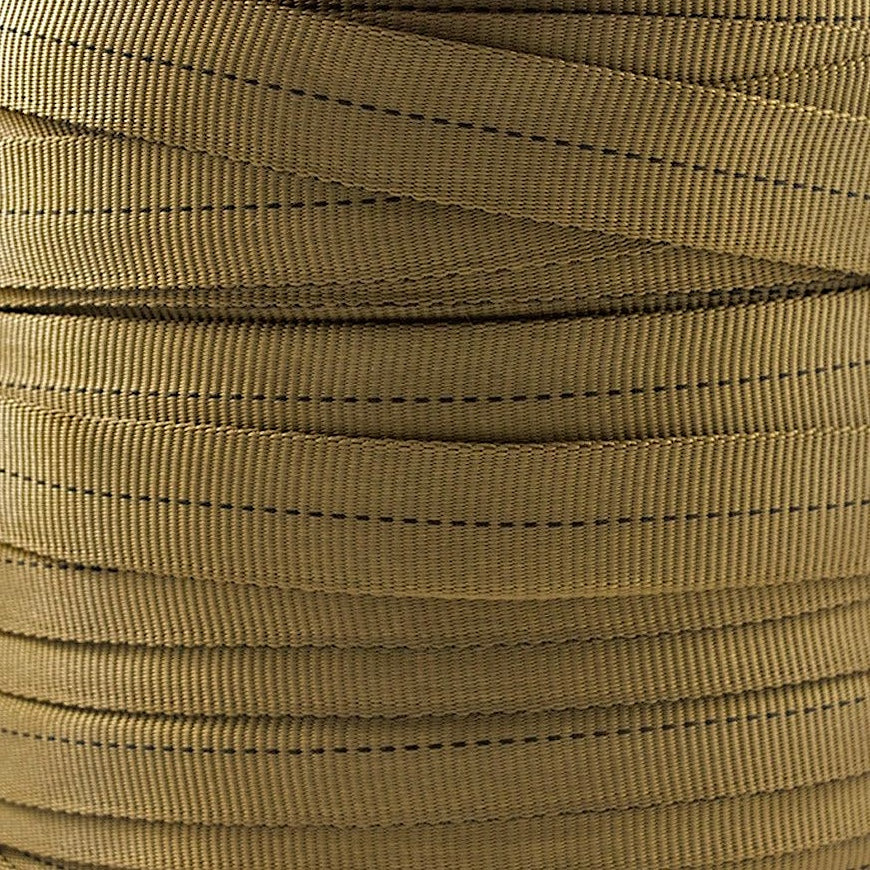
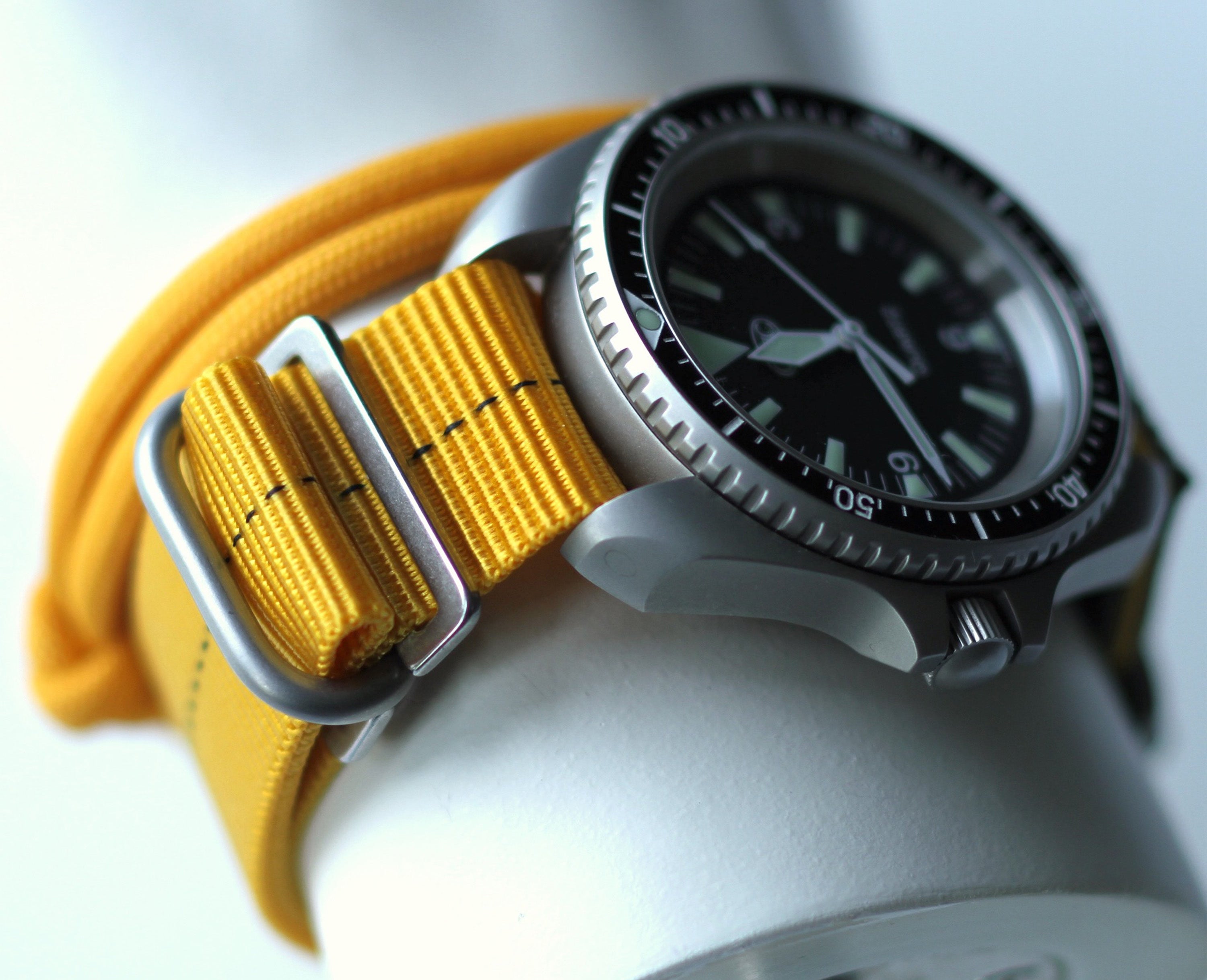

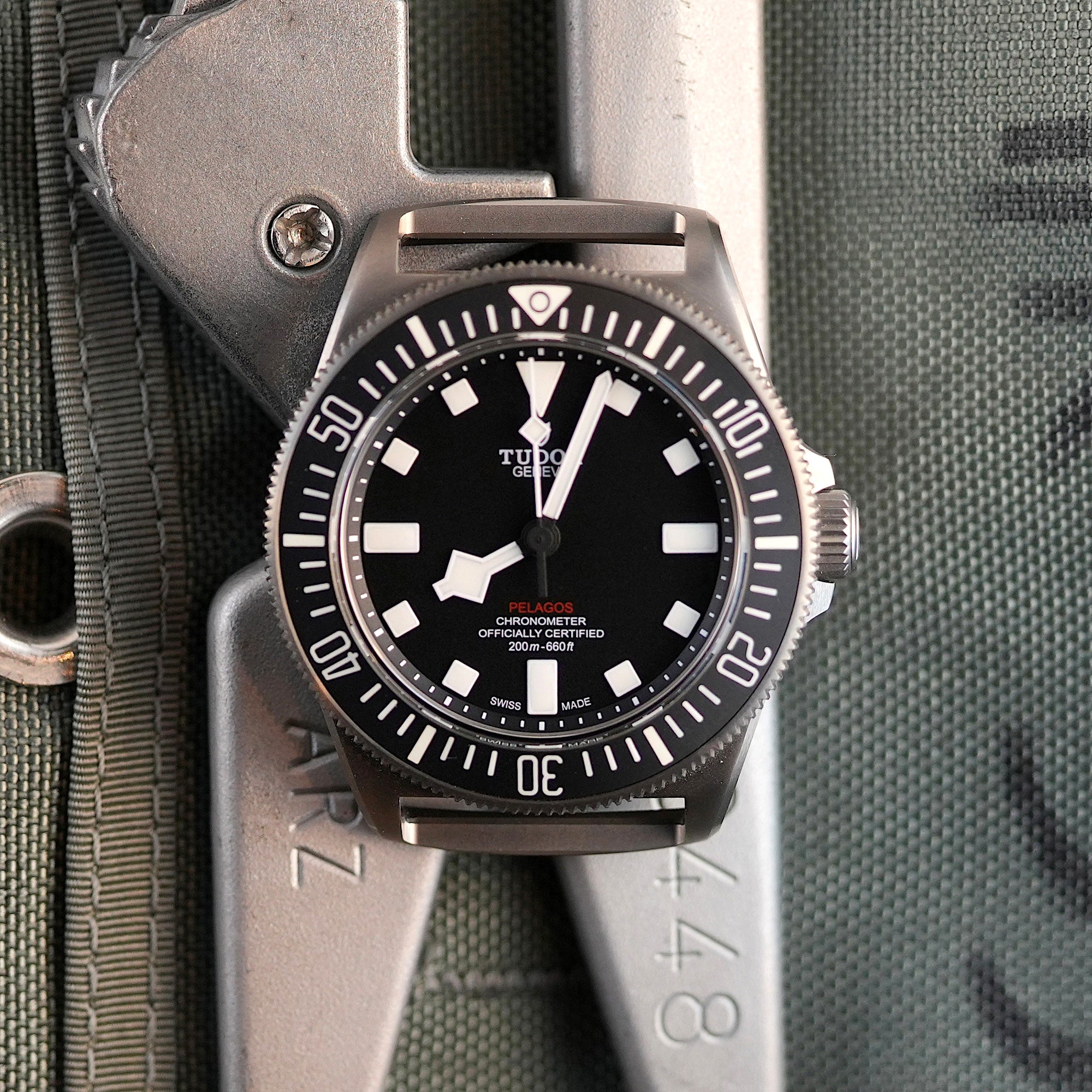
Share:
How Military Parachute Riggers Innovated and Upcycled Old Equipment to Make Belts and Watch Straps
Jacques Cousteau’s Calypso: The Iconic Vessel of Underwater Exploration